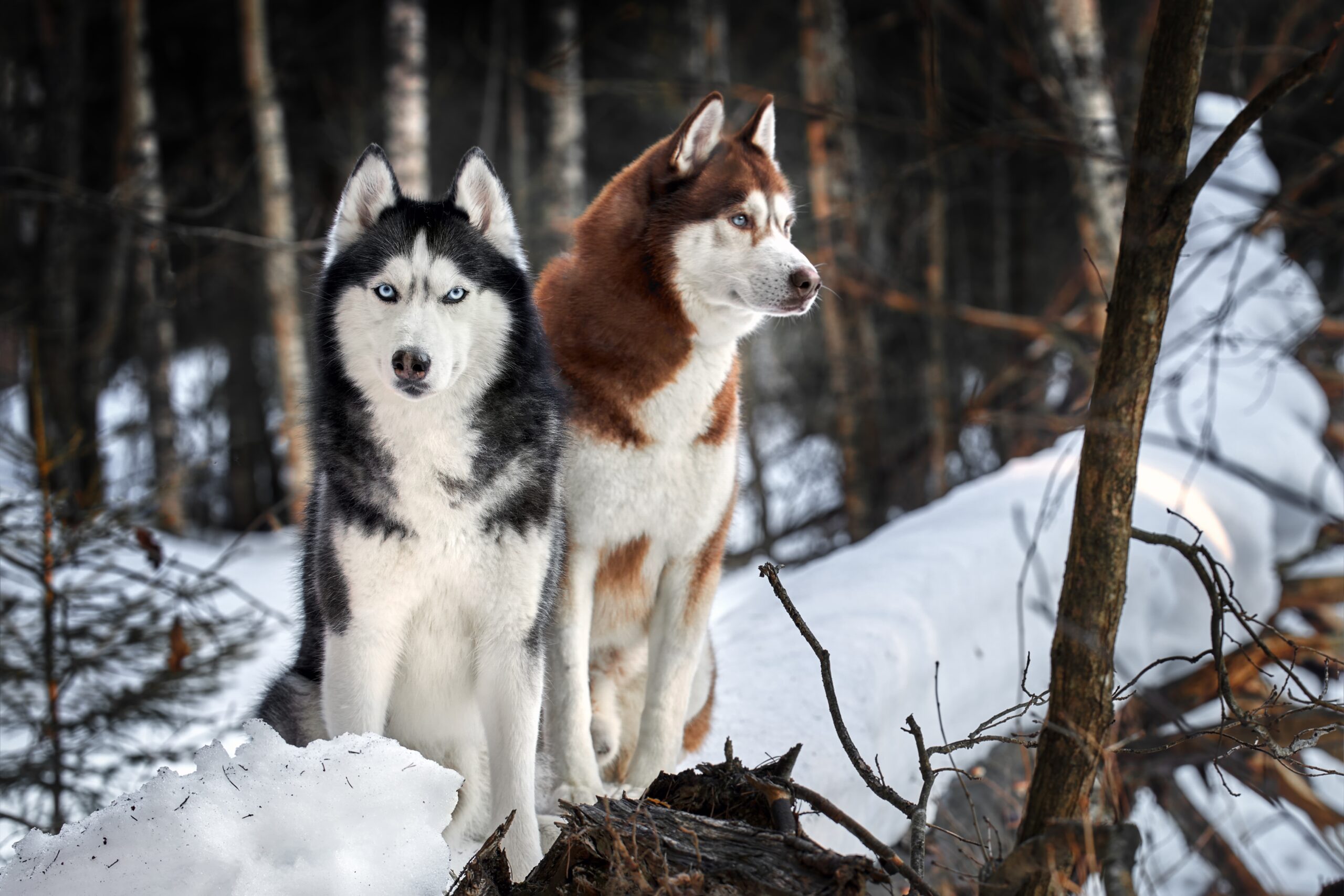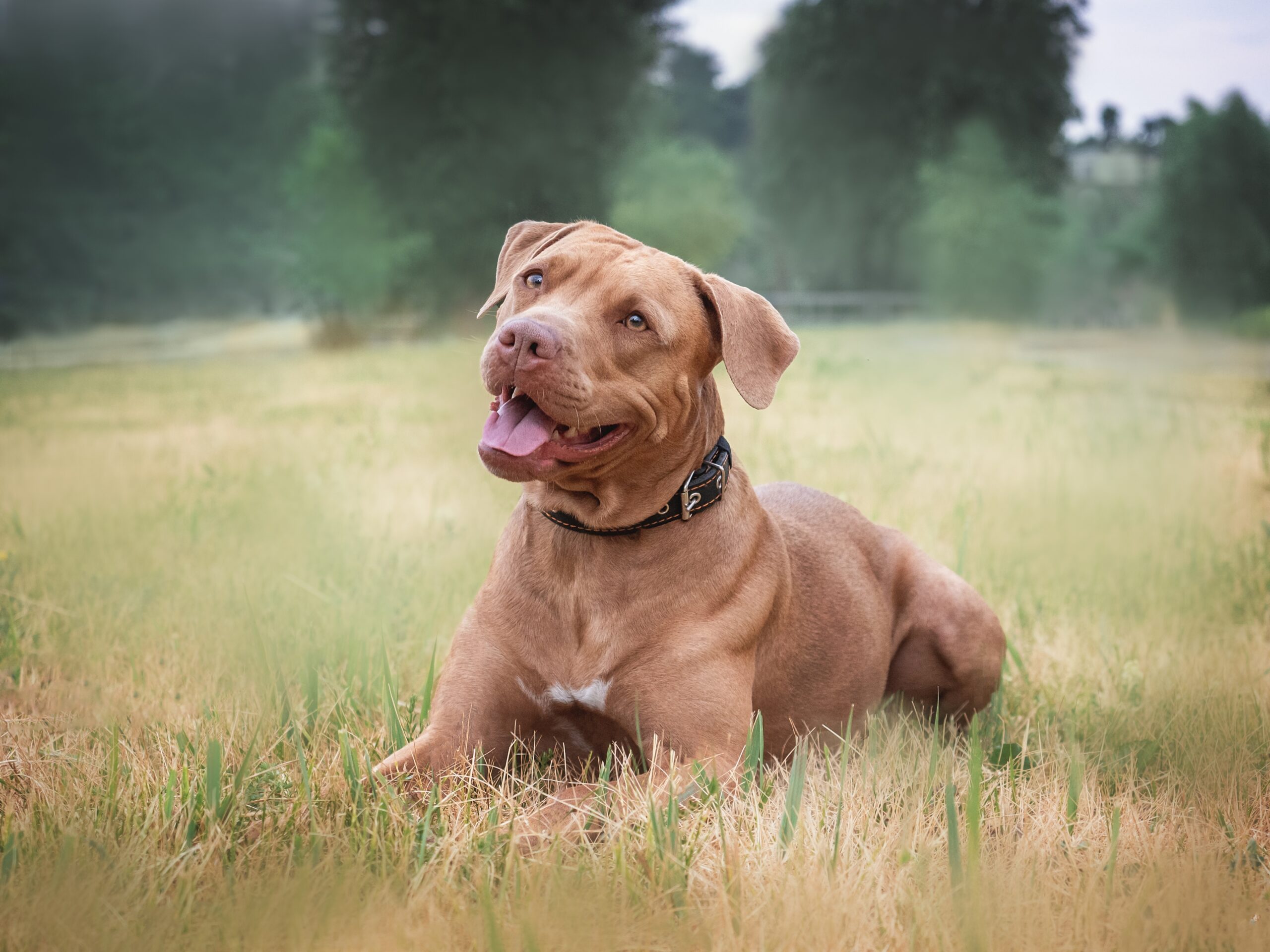The Evolution of Denim: A Historical Perspective
Denim has been a staple in the fashion industry for decades, evolving from a durable workwear fabric to a fashion-forward material embraced by people of all ages. Originally designed for miners and laborers in the late 19th century, denim’s ruggedness and durability made it an ideal choice for workwear. Over the years, it has transcended its utilitarian roots to become a symbol of rebellion, youth culture, and fashion innovation.
In the 1950s, denim gained popularity through Hollywood icons, who made jeans a symbol of youthful rebellion. This era marked the beginning of denim’s journey into mainstream fashion. The 1970s and 1980s saw the rise of designer denim, with a focus on fit and style. Innovations in fabric technology introduced stretch denim, allowing for greater comfort and a more tailored fit.
Today, denim continues to evolve, with sustainable practices and innovative designs leading the way. Brands are now focusing on eco-friendly production methods, such as using organic cotton and reducing water usage in the dyeing process. This shift towards sustainability reflects a growing consumer demand for environmentally conscious fashion choices.
Current Denim Trends: Styles and Innovations
The world of denim is vast and varied, with styles ranging from classic cuts to contemporary designs. One of the most notable trends is the resurgence of vintage-inspired styles, such as high-waisted jeans and wide-leg silhouettes. These styles offer a nod to the past while providing a modern twist that appeals to today’s fashion-conscious consumers.
Another trend gaining traction is the use of distressed and embellished denim. Ripped jeans, frayed hems, and patchwork designs add a touch of edginess and individuality, allowing wearers to express their personal style. Additionally, denim jackets and skirts are being reimagined with unique details like embroidery, sequins, and bold prints.
On the technological front, advancements in fabric engineering have led to the creation of performance denim. This innovative material combines the classic look of denim with the functionality of activewear, offering features such as moisture-wicking, stretchability, and temperature regulation. These innovations cater to the needs of modern consumers who seek both style and comfort in their clothing.
Sustainable Denim: A Step Towards Eco-Friendly Fashion
As the fashion industry faces increasing scrutiny over its environmental impact, sustainable denim has emerged as a key trend. Many brands are adopting eco-friendly practices to reduce their carbon footprint and promote ethical production methods. This shift is not only beneficial for the planet but also resonates with consumers who prioritize sustainability in their purchasing decisions.
Sustainable denim initiatives often involve using organic cotton, which is grown without harmful pesticides and chemicals. Additionally, some brands are exploring alternative materials, such as recycled fibers and hemp, to create denim products with a lower environmental impact. Water conservation is another critical aspect, with innovative dyeing techniques that significantly reduce water usage.
Moreover, the concept of circular fashion is gaining momentum, encouraging consumers to recycle and repurpose their denim garments. Brands are offering take-back programs and collaborating with recycling companies to ensure that old denim is given a second life. This approach not only minimizes waste but also fosters a more sustainable and responsible fashion ecosystem.





